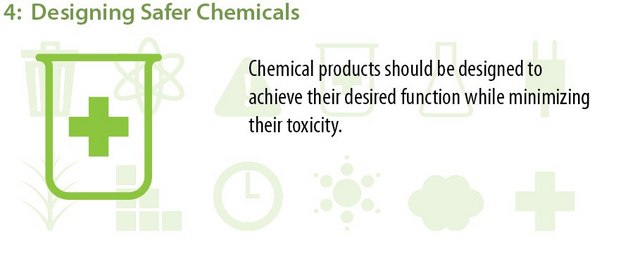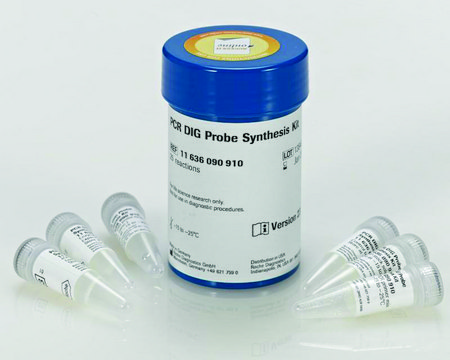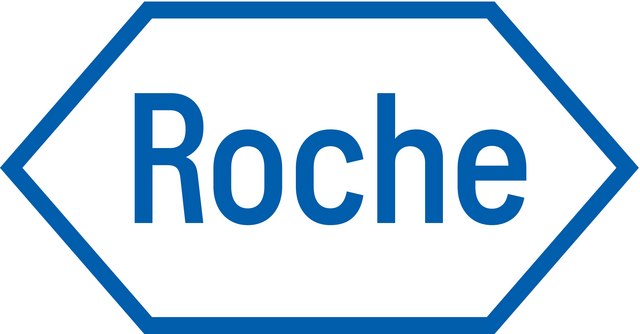추천 제품
사용
sufficient for 12 labeling reactions (10 ng to 3 μg per assay)
sufficient for 24 blots (blots of 100 cm2)
Quality Level
제조업체/상표
Roche
환경친화적 대안 제품 특성
Designing Safer Chemicals
Learn more about the Principles of Green Chemistry.
sustainability
Greener Alternative Product
환경친화적 대안 카테고리
저장 온도
−20°C
일반 설명
DIG-High Prime DNA Labeling and Detection Starter Kit II is a convenient kit for random-primed labeling of DNA templates with digoxigenin (DIG)-11- deoxyuridine triphosphate (dUTP), alkali-labile and chemiluminescent detection of the DIG-labeled hybrids. This kit was assembled with convenience in mind, offering ready-to-use CSPD supplied with a dripping device for easy application, ready-made blocking solution, and DIG Easy Hyb granules. The DIG-High Prime mixture includes stabilized Klenow enzyme, nucleotides, primers and reaction buffer, all in one convenient reagent.
We are committed to bringing you Greener Alternative Products, which adhere to one or more of The 12 Principles of Greener Chemistry. This product is designed as a safer chemical. The DIG System was established as a sensitive and cost-effective alternative to radioactivity for the labeling and detection of nucleic acids. There are many available publications that prove the versatility of the DIG System, so use of radio-labeling is no longer the only option for labeling of DNA for hybridization.
애플리케이션
DIG-High Prime DNA Labeling and Detection Starter Kit II has been used in a variety of hybridization techniques:
- in Southern blots
- in northern blots
- in dot blots
- in colony and plaque hybridizations
- for all types of filter hybridization
- for single-copy gene detection in total genomic DNA, even from organisms with high complexity, for example, human, barley, and wheat
포장
1 kit containing 7 components.
원리
The DIG High Prime DNA Labeling and Detection Starter Kit II uses digoxigenin (DIG), a steroid hapten, to label DNA probes for hybridization and subsequent chemiluminescence detection by enzyme immunoassay. The "random primed" DNA labeling method originally developed by Feinberg and Vogelstein is based on the hybridization of oligonucleotides of all possible sequences to the denatured DNA to be labeled. The input DNA serves solely as a template for the synthesis of labeled DNA, and is not degraded during the reaction, making it possible to label minimal amounts of DNA (10 ng) with this method.The complementary DNA strand is synthesized by Klenow polymerase using the 3′-OH termini of the random oligonucleotides as primers. Modified deoxyribonucleoside triphosphates, labeled with digoxigenin present in the reaction, are incorporated into the newly synthesized complementary DNA strand.
기타 정보
For life science research only. Not for use in diagnostic procedures.
키트 구성품 전용
제품 번호
설명
- DIG-High Prime 5x concentrated
- DIG-labeled Control DNA, pBR328 (linearized with Bam HI) 5 μg/ml
- DNA Dilution Buffer
- Anti-Digoxigenin-AP Conjugate antibody
- CSPD ready-to-use
- Blocking Solution 10x concentrated
- DIG Easy Hyb Granules
신호어
Warning
유해 및 위험 성명서
Hazard Classifications
Eye Irrit. 2 - Skin Irrit. 2
Storage Class Code
12 - Non Combustible Liquids
WGK
WGK 3
Flash Point (°F)
does not flash
Flash Point (°C)
does not flash
이미 열람한 고객
자사의 과학자팀은 생명 과학, 재료 과학, 화학 합성, 크로마토그래피, 분석 및 기타 많은 영역을 포함한 모든 과학 분야에 경험이 있습니다..
고객지원팀으로 연락바랍니다.







